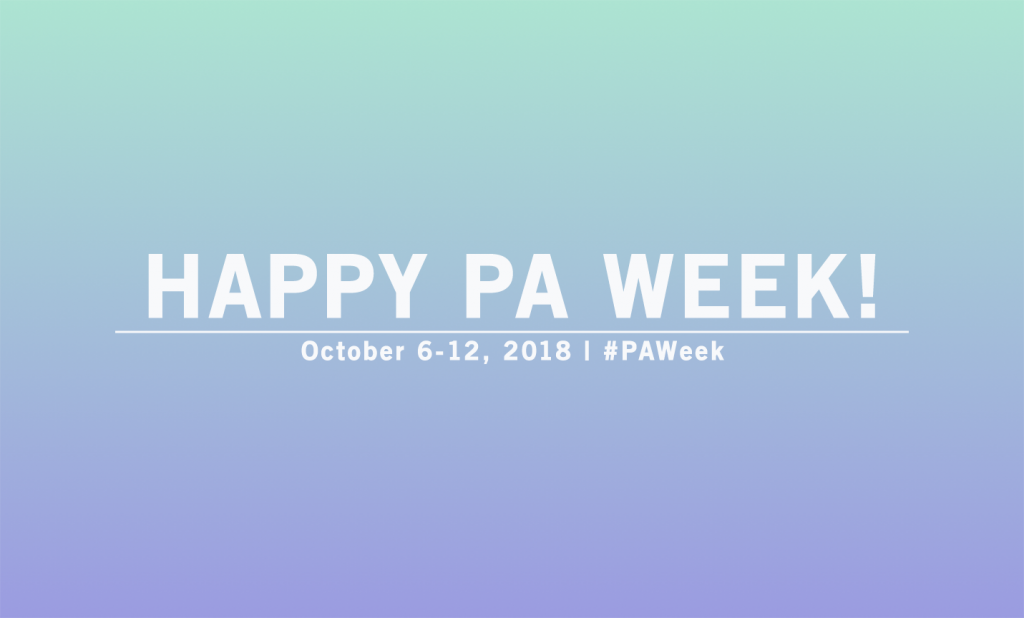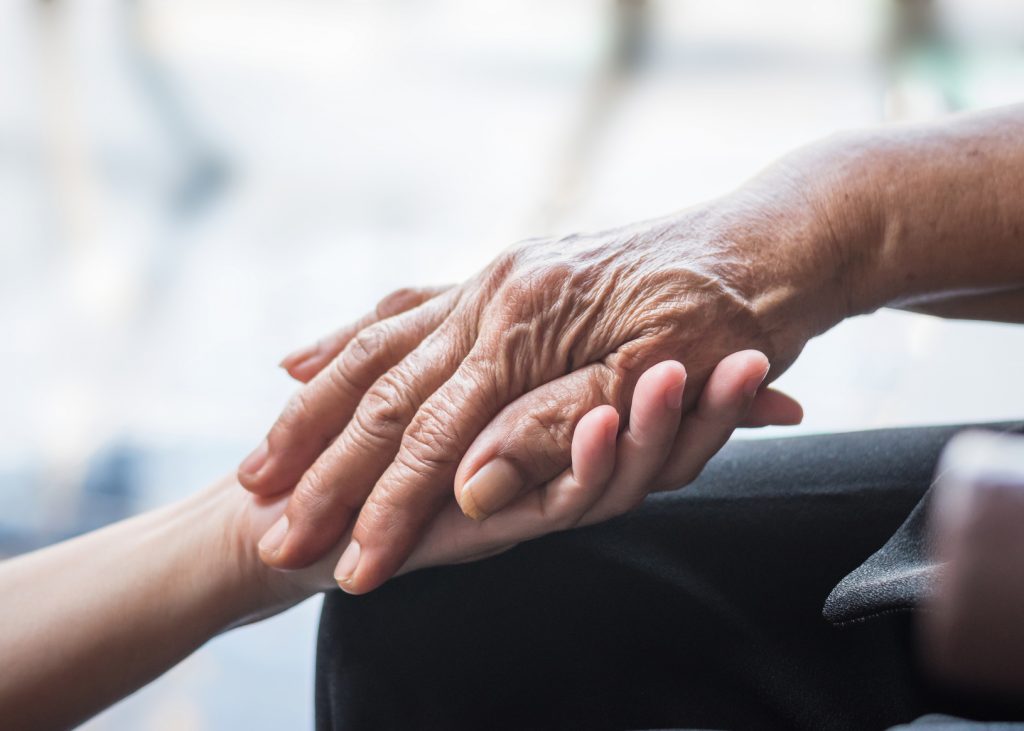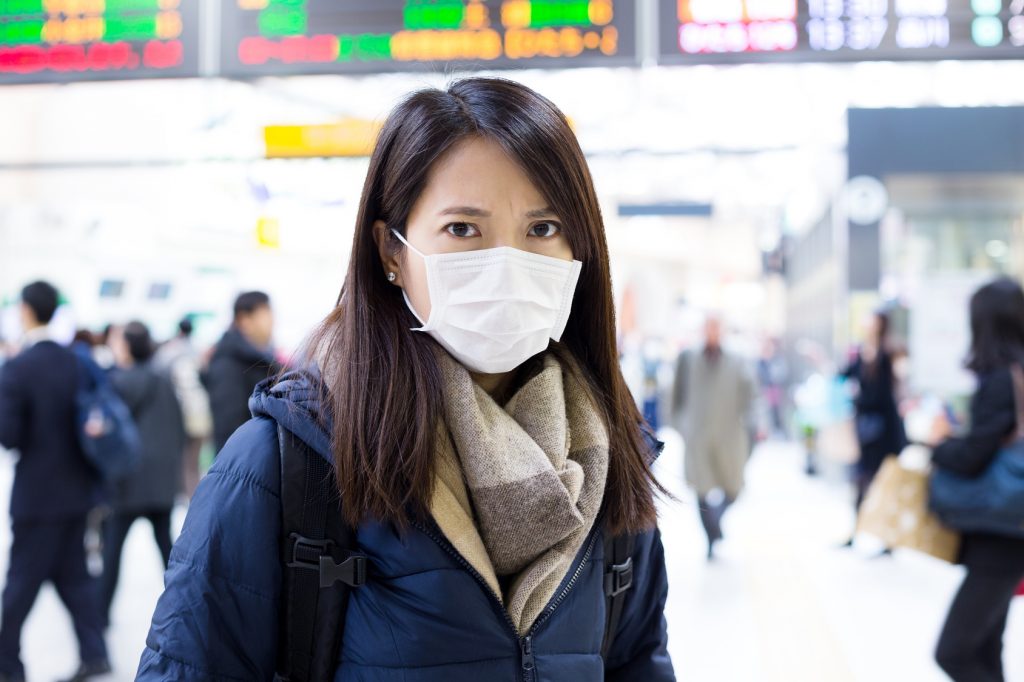$949M: Possible Cost of Mass. Nurse Staffing Ratio Mandate
The debate around the proposed nurse staffing ratio mandate on the ballot in Massachusetts rages on, with new figures estimating it could cost up to $949M.
Physicians Say Mandatory Nurse Staffing Ratios Will Hinder ED Care
In an op-ed published last week, three emergency medicine physicians strongly opposed a proposed ballot initiative to mandate nurse-to-patient ratios.
The Doctor Is in, but Millennials Seem to Be Out
More millennials are shunning the traditional primary care model, in favor of retail clinics, free-standing urgent care centers, and telemedicine.
Entrepreneurship for Clinicians
Have you ever thought there might be more to your career than clinical practice? Explore the idea of entrepreneurship with Jordan Roberts and Dave Mittman.
Three Ways to Celebrate PA Week
Here are three ways to celebrate PAs, while also raising awareness of the profession’s significant impacts on healthcare, from October 6th through 12th.
Drugmakers Play The Patent Game To Lock In Prices, Block Competitors
Drug companies typically have less than 10 years of exclusive rights once a drug hits the marketplace. They can extend their monopolies by layering in secondary patents.
Stark Facts About Opioid Misuse in the U.S.
Physical therapy is a viable alternative to opioid use. Yet, nearly 48,000 Americans died due to opioid related overdoses last year.
Celebrate National PT Month by Giving Back
October is National Physical Therapy Month. Consider celebrating by giving back via the Global PT Day of Service and impact change around the world.
Celebrate National PT Month by Giving Back
October is National Physical Therapy Month. Consider celebrating by giving back via the Global PT Day of Service and impact change around the world.
80,000 Flu Deaths Reported in the U.S. in 2017
900,000 Americans were hospitalized and 80,000 Americans, including a record-breaking 180 children, died from the flu during the 2017-2018 season.









